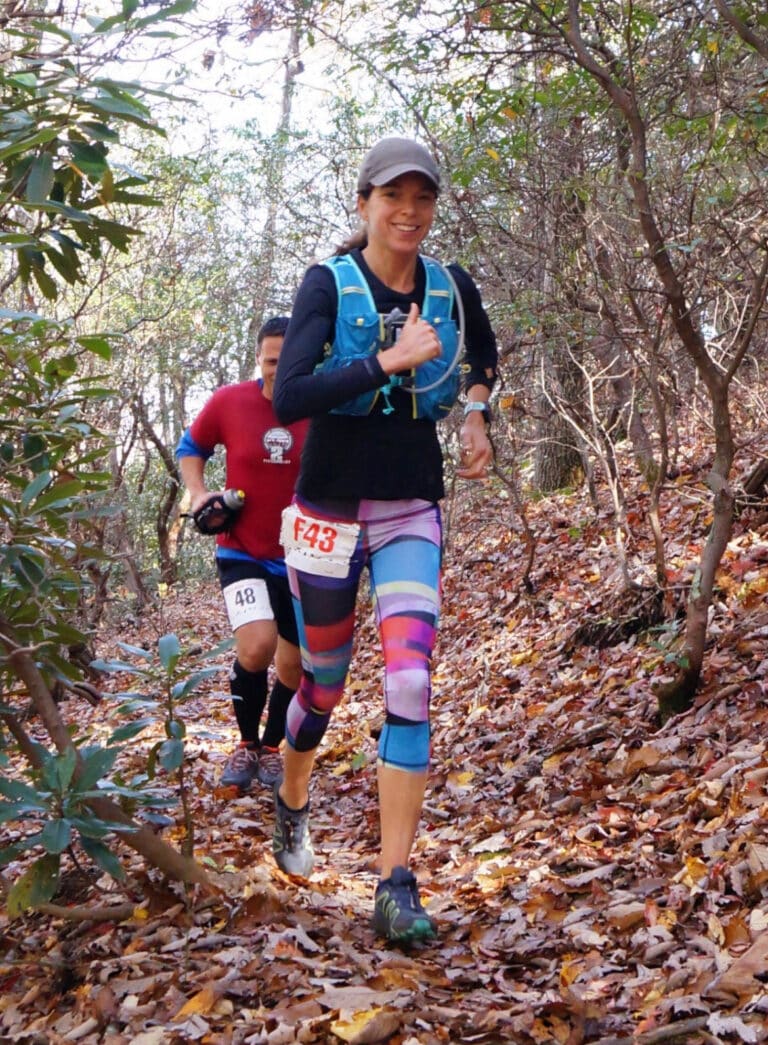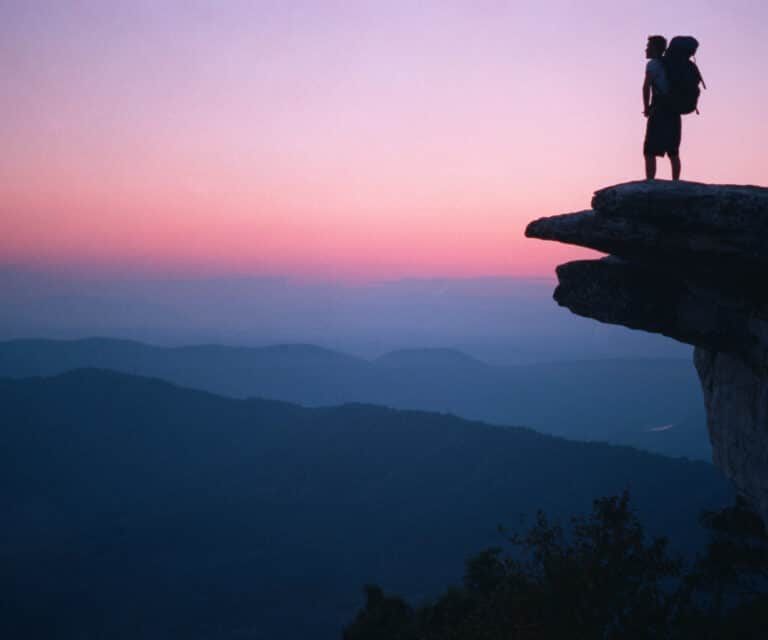ASK THE EXPERTS
Adam Fox is the owner/operator of Fox Mountain Guides. Originally from the UK, Fox has climbed all over the world and has been guiding in the Southeast for 12 years. He operates the only guide service in North Carolina that only hires AMGA (American Mountain Guide Association) certified instructors and guides.
BRO: How safe is climbing?
Fox: You’ve got more of a chance having an accident on the way to the rock than on it. A lot of people believe the equipment causes accidents. It’s always the misuse of the equipment. A rope will never break unless you run it over a sharp edge. It’s only when you start mishandling the equipment that you run into problems. Even then, it’s usually not one single thing that goes wrong. It’s always a few minor mistakes that when lined up, one after the other, cause catastrophe. Climbers that think they’re experienced and become complacent are the ones that inevitably injure themselves. They get too relaxed and stop doing the little things that keep climbers safe.
BRO: Are there any common misconceptions about climbing that you’re always battling?
Fox: People believe you need to be very fit before climbing outdoors. They also think you need to spend weeks in a climbing gym before going outside. That’s not the case. We can take an average person and have them climbing outside on the first day. That’s the beauty of climbing. It’s an individual sport. Everyone can be challenged, no matter what their skill level. Everyone can walk away with a sense of accomplishment.
BRO: Climbing ethics is always a concern. Any advice for those getting started? Fox: If you know and practice Leave No Trace guidelines, you’ll be off to a great start (www.lnt.org). You just have to keep the big picture in mind. You have to think about everyone’s experience, not just your own. Also, join Access Fund [the nonprofit that secures access to crags all over the country] so you know what’s happening in the climbing community. That way you’ll be working with other climbers instead of against them.
BRO: Is there an easy way for beginners to get into climbing?
Fox: There’s definitely a right way and a wrong way. People should be careful learning from their friends because it’s easy to pick up bad habits. I recommend a three step process instead. First, take courses and build a foundation of good skills. You’ll be surprised how quickly you’ll progress when you learn the right way to climb. Second, climb with a guide. You’ll learn a great deal from going out with a guide on an individual climb. And finally, get out there with other people and climb as much as possible. Go to the outdoor stores, find a club, get involved. There are plenty of people out there looking for climbing partners.
BRO: You’ve been climbing most of your life. What do you get out of it?
Fox: It’s a social sport. For me, it’s about friendship and relationships. It’s not the rock, it’s about climbing with other people. At the same time, it’s a very individual sport. You push your personal limits. It’s all down to you. Also, it gives many people the opportunity to overcome their fears, which is something they can apply to their daily life.
<hr size=”1″ color=”#000″ width=”100%”/>
BEGINNER GEAR
“It’s worth it to spend a little more for top quality gear like Black Diamond or Petzl,” Fox says. “It will all keep you safe, but the better quality gear will last longer. And spend the extra money on biners instead of saving a buck or two. A good biner will last you a long time if you take care of it.”
There are a few things a beginner climber should get: helmet, harness, shoes, and carabiners. Don’t worry about getting any ropes or removable protection until you start leading climbs, and that will be a while.
Check out Black Diamond’s Bod Harness. It’s simple, comfy, and only $49.50. Pair it up with their Half Dome Helmet for $57.50 and a bunch of Rocklock Twistlock carabiners, the Cadillac of biners, for $16.50 a pop. www.bdel.com. For shoes, try Sportiva’s Mojo. It’s an all around, indoor/outdoor shoe that’s actually pretty comfortable. $80. www.sportiva.com.
<hr size=”1″ color=”#000″ width=”100%”/>
MY FIRST CLIMB
“When I first started climbing, I wouldn’t let myself fall,” says Allison Johnston, a student at James Madison University in Harrisonburg, Virginia. “I’d do whatever it took to stay on that rock and scramble my way to the top of the route. I got pretty bloody smearing my body against the surface. Part of the problem was I was really scared of heights and the idea of falling was terrifying. But I also put so much pressure on myself to make it to the top that failure just wasn’t an option. I was forcing myself to send the routes and I wasn’t having that much fun.”
Johnston says the turning point came for her when one of her climbing friends made her take an intentional fall. “I got thirty feet up and just let go, just to see what it felt like. It was amazing. After falling on purpose a few times, I really began trusting the equipment, so I wasn’t so scared of the inevitable. Also, I realized falling wasn’t really a failure, because you can just start right where you left off. It was liberating.”
<hr size=”1″ color=”#000″ width=”100%”/>
CLIMBING GLOSSARY
Top Rope: A climb that has the rope anchors preset at the top of the climb. This will most likely be your first foray into climbing.
Traditional/Trad: Climbing that emphasizes longer routes with removable protection. This is the most common form of climbing in the Southeast.
Piton: A long-nosed, spike-shaped piece of metal driven into cracks for protection. This is the removable protection climbers use in Trad climbing.
Belay: The process by which one manages a rope for a climber. The climber is on belay when the belayer is ready to lock off the rope in the event of a fall.
Gumby: A new climber. The low end of the totem poll. Often times Gumbies will be required to carry all the gear, pay for gas, and spring for lunch.







